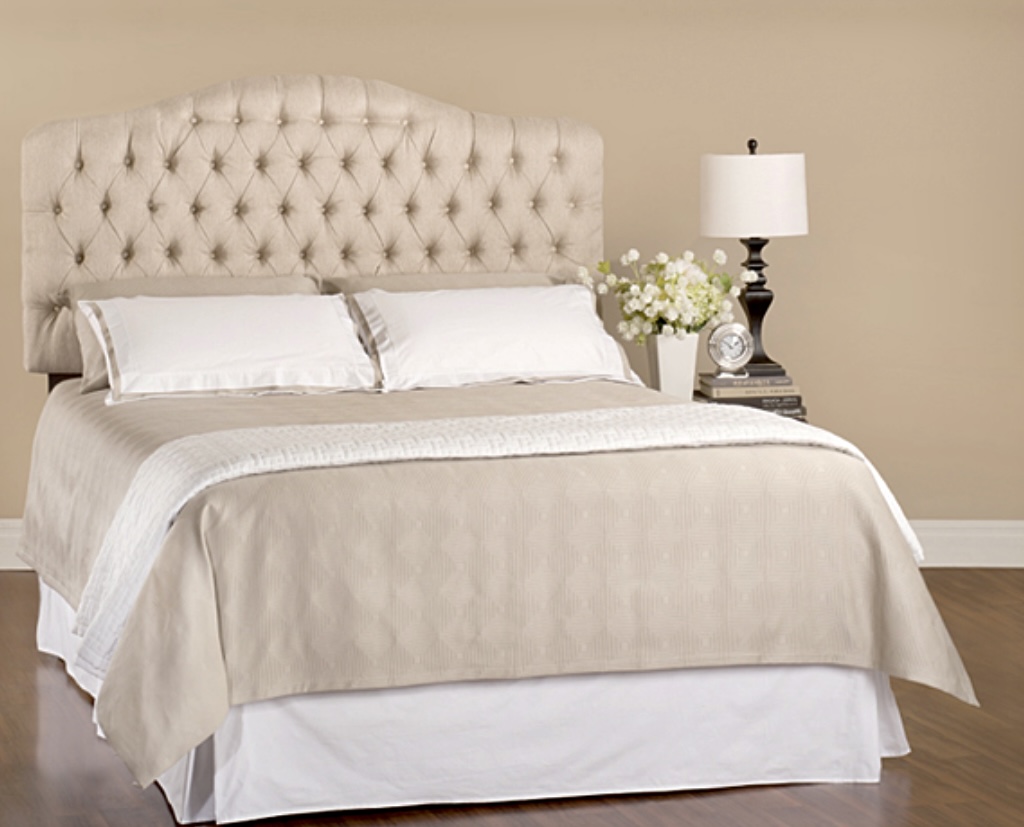
Blog Questions about beds and mattresses answered. And some stories told.
.png)
Purchasing a mattress is a significant investment in your overall health and well-being. The quality of your sleep has profound impacts on your mood, energy levels, and physical health, making it crucial to find the right mattress. However, the process of choosing the perfect mattress can be daunting, especially when you consider the wide range of options available today, from memory foam to hybrid models, and from firm to ultra-soft options. One of the most critical steps in ensuring you make the right choice is testing the mattress before buying. This process goes beyond simply lying down for a few minutes in a showroom—it involves paying close attention to a variety of factors that influence the comfort, support, and durability of the mattress.
Why Testing a Mattress is Important
Mattresses are not one-size-fits-all. Each person has unique needs depending on their body type, sleeping position, and any specific physical conditions they may have, such as back pain, joint issues, or allergies. Without thoroughly testing a mattress, you risk buying one that may initially feel comfortable but ultimately leads to discomfort, restless nights, or even chronic pain.
The mattress market has evolved significantly in recent years, with the rise of online mattress companies offering generous return policies and in-home trials. While these options are convenient, many consumers still prefer to test a mattress in person before making a decision. There’s a lot to be gained from this hands-on experience, allowing you to assess factors like firmness, support, motion isolation, and temperature regulation in a way that’s impossible through online reviews or product descriptions alone.
Let’s break down the essential steps and tips for testing a mattress before buying.
1. Know Your Sleep Preferences
Before heading to a store or testing a mattress in person, it’s essential to have a clear understanding of your personal sleep preferences. Ask yourself the following questions:
- What is your preferred sleeping position? Do you sleep on your back, side, stomach, or a combination of these positions? Each sleeping position requires different levels of support and firmness to maintain proper spinal alignment.
- Do you prefer a soft, medium, or firm mattress? Firmness is subjective, and what feels supportive to one person may feel too hard or too soft for another. Understanding your preferences will help narrow down your options.
- Do you have any specific physical concerns? For instance, people with lower back pain or arthritis may require a mattress that provides targeted pressure relief while maintaining good support.
Understanding these basic needs will help you focus on testing mattresses that are likely to suit your sleep style and health needs.

2. Spend at Least 15-20 Minutes on Each Mattress
It’s easy to get overwhelmed by the number of mattresses in a showroom, leading some people to quickly lie down on a few options and then make a decision. However, testing a mattress thoroughly requires more time. Spend at least 15-20 minutes lying on each mattress you’re seriously considering. Here’s why:
- Your body needs time to adjust. The first few moments you spend lying on a mattress might feel great because it’s a break from standing or walking. However, after several minutes, you’ll get a clearer sense of whether the mattress provides the right balance of comfort and support.
- Simulate different sleep positions. During this time, switch between your natural sleeping positions. Spend a few minutes on your back, side, and stomach to see how the mattress accommodates each position. Pay attention to how your spine feels—is it in alignment, or do you feel your lower back sinking or arching?
- Don’t be afraid to move around. Toss and turn a bit to get a sense of how the mattress responds to movement. Some mattresses have better motion isolation, which is essential for couples who don’t want to be disturbed by their partner's movements during the night.
3. Check for Pressure Points
A good mattress will distribute your weight evenly, relieving pressure on areas like your hips, shoulders, and lower back. When testing a mattress, pay attention to any pressure points that start to feel uncomfortable. If you’re a side sleeper, you’ll want to ensure that the mattress provides enough cushioning for your shoulders and hips, while back and stomach sleepers need a mattress that keeps the spine in proper alignment without causing pressure on the lower back or hips.
You can test for pressure points by paying attention to how your body feels after lying in one position for several minutes. If you start to feel discomfort or an increase in pressure in certain areas, that’s a sign the mattress may not provide adequate support.

4. Assess Edge Support
Edge support refers to the strength of the mattress around its perimeter. Strong edge support ensures that the mattress doesn’t sag when you sit or sleep near the edges. This is especially important for couples who share a bed or for individuals who like to use the full surface of the mattress.
When testing a mattress, sit on the edge and see how much it sinks. Lie down near the edge to see if you feel stable or if you’re inclined to roll off. Mattresses with weak edge support may feel unstable and provide less usable surface area for sleeping.
5. Evaluate Temperature Regulation
Overheating during sleep is a common issue for many people. Some mattresses, particularly those made of memory foam, tend to trap heat, leading to an uncomfortable, sweaty night’s sleep. Others are designed with materials that promote airflow and better temperature regulation.
When testing a mattress, consider how warm or cool you feel after lying on it for several minutes. If you’re prone to sleeping hot, you may want to look for mattresses that incorporate cooling technologies, or even better incorporating latex layers.
6. Test for Motion Transfer
If you share a bed with a partner, motion transfer is an important factor to consider. A mattress with poor motion isolation will allow movements on one side of the bed to be felt on the other side, which can disturb your sleep. Mattresses with good motion isolation, like those made of latex, absorb motion and reduce the chances of being woken up by your partner's movements.
While testing, have your partner lie down on one side of the mattress and move around. If you feel the motion strongly on your side, the mattress may not have sufficient motion isolation for your needs.
7. Don’t Forget About Mattress Accessories
When testing a mattress, it’s helpful to use pillows similar to the ones you sleep with at home. The right pillow can significantly affect how the mattress feels, especially in terms of spinal alignment and comfort. Make sure you test the mattress in conditions that mimic how you will actually sleep at home.
8. Ask About Sleep Trials and Return Policies
While testing a mattress in-store is important, many people still need time to adjust to a new mattress and determine if it’s truly the right fit. As a result, many companies now offer sleep trials that allow you to test the mattress at home for a certain period (usually 30 to 100 days) but if you're dealing with an experienced salesperson like those at Nine Clouds Beds it almost never happens.


 Copyright © 2026 |
Copyright © 2026 |